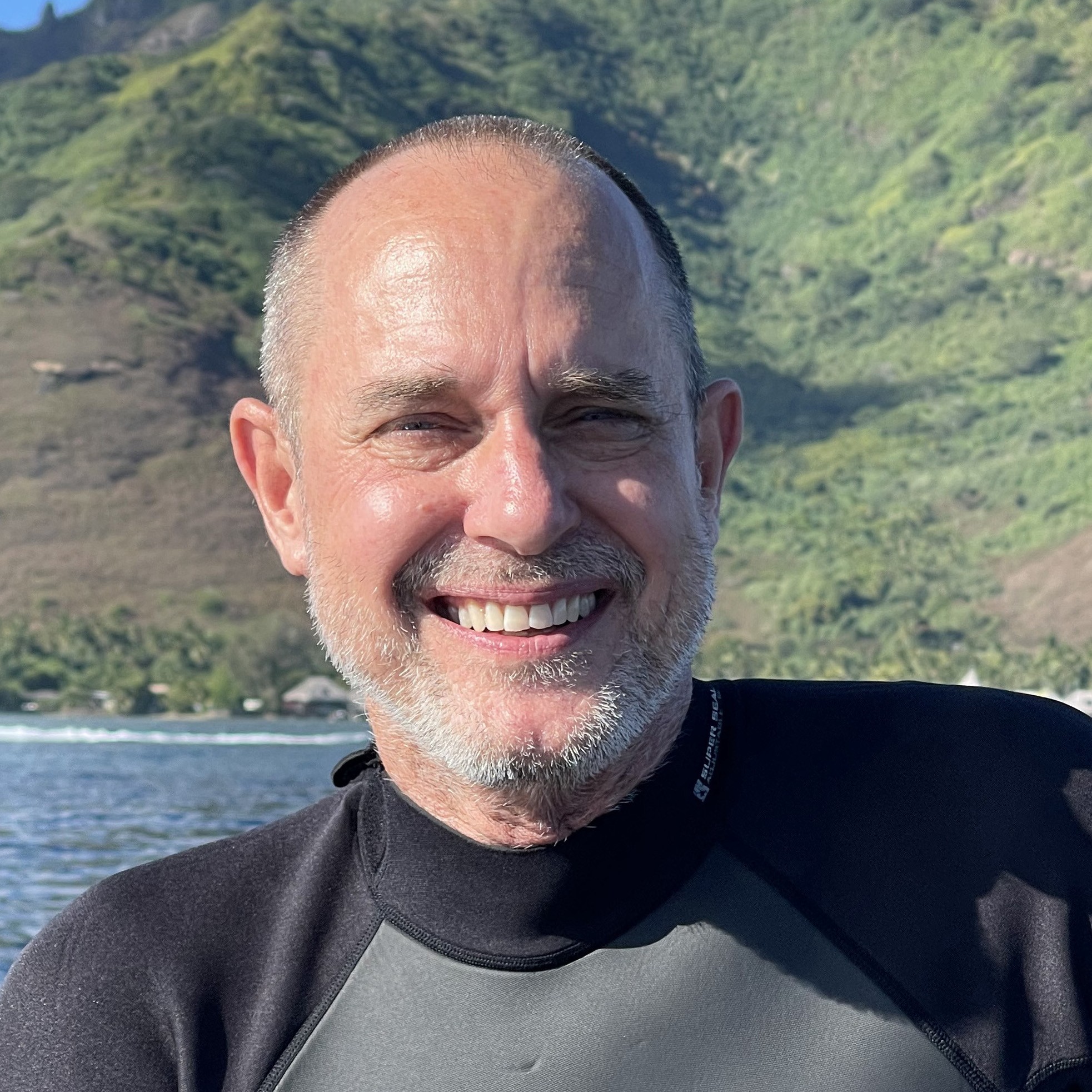Education
PhD, Michigan State University (Kellogg Biological Station), 1988
BA, University of California Santa Barbara, 1980
Honors, Awards, and Achievements
ESA Fellow, 2015-life
Honorary Research Associate, Victoria University Wellington, 2007-2009
Invited Professor, Universite de Perpignan, 2007
University of Florida Research Foundation Professor, 2002-2005
WT Edmondson Lecturer, Univ. of Washington, 2001
Faculty Opponent, University Omea, 2000
Research Interests
Research Interests
Size- and stage-structured dynamics and species interactions; meta-analysis; environmental impacts assessment (BACIPS designs); competition; predator-prey interactions; density dependence
- Aquatic Ecology (marine and freshwater)
- Population Ecology
- Community Ecology
- Organismal Ecology
- Conservation Ecology
- Mathematical Ecology
Selected Publications
Briggs, AA, C.W. Osenberg. 2019. Species-specific oviposition patterns in Aedes mosquitoes in response to spatial clustering of larval habitats. Oecologia 190:835-845 (and supplement). doi: 10.1007/s00442-019-04448-3.
Shima, JS, C.W. Osenberg, SH Alonzo, EG Noonburg, P Mitterwallner, SE Swearer. 2020. Reproductive phenology across the lunar cycle: parental decisions, offspring responses, and consequences for reef fish. Ecology 101(8):e03086. doi: 10.1002/ecy.3086.
Pappalardo, P, K Ogle, EA Hamman, JR Bence, BA Hungate, C.W. Osenberg. 2020. Comparing traditional and Bayesian approaches to ecological meta-analyses. Methods in Ecology and Evolution 11:1286-1295. doi: 10.1111/2041-210X.13445.
Song, C, SD Peacor, C.W. Osenberg, JR Bence. 2020. An assessment of statistical methods for non-independent data in ecological meta-analyses. Ecology 101:e03184. doi: 10.1002/ecy.3184.
Brown, AL, EA Hamman, JS Shima, JP Wares, C.W. Osenberg. 2021. Extended phenotypes on coral reefs: cryptic phenotypes modulate coral-vermetid interactions. Ecology 102: e03215. doi: 10.1002/ecy.3215.
Shima, JS, C.W. Osenberg, EG Noonburg, SH Alonzo, SE Swearer. 2021. Lunar rhythms in growth of larval fish. Proceedings of the Royal Society, Series B 288:20202609. doi: 10.1098/rspb.2020.2609.
Atkins, RL, KM Clancy, WT Ellis, C.W. Osenberg. 2022. Thermal traits vary with mass and across populations of the marsh periwinkle, Littoraria irrorata. Biological Bulletin 242:173-196. doi: 10.1086/719850.
Hamman, EA, SA McKinley, AC Stier, C.W. Osenberg. 2018. Landscape configuration drives persistent spatial patterns of occupant distributions. Theoretical Ecology 11:111-127. doi:10.1007/s12080-017-0352-1.
Thiault, L, L Kernaleguen, C.W. Osenberg, J Claudet. 2017. Progressive-change BACIPS: a flexible approach for environmental impact assessment. Methods in Ecology and Evolution. (in press). DOI 10.1111/2041-210X.12655.
Brown, A, TK Frazer, JS Shima, C.W. Osenberg. 2016. Mass mortality of the vermetid gastropod, Ceraesignum maximum. Coral Reefs 35:1027-1032. DOI 10.1007/s00338-016-1438-8.
Jiao, J, SS Pilyguin, C.W. Osenberg. 2016. Random movement of predators can eliminate the strength of trophic cascades in marine protected areas. Ecosphere 7(8):e01421. DOI 10.1002/ecs2.1421.
Van Groenigen, KJ, X Qi, C.W. Osenberg, Y Luo, BA Hungate. 2014. Faster decomposition under increased atmospheric CO2 limits soil carbon storage. Science 344: 508-509.Doi: 10.1126/science.1249534.
Langebrake J, L Riotte-Lambert, C.W. Osenberg, P De Leenheer. 2012. A differential movement model for marine protected areas. Journal of Mathematical Biology 64:667-696.
McCoy MW, AC Stier, C.W. Osenberg. 2012. Emergent effects of multiple predators on prey survival: the importance of depletion and the functional response. Ecology Letters 15: 1449–1456. doi: 10.1111/ele.12005.
Stier, AC and C.W. Osenberg. 2010. Propagule redirection: habitat availability reduces colonization and increases recruitment in reef fishes.Ecology 91:2826-2832.
Claudet, J, C.W. Osenberg and 19 others. 2010. Marine reserves: fish life history and ecological traits matter. Ecological Applications 20:830-839.
Shima, J and C.W. Osenberg. 2003. Cryptic density dependence: effects of spatio-temporal variation among reef fish populations. Ecology 84:46-52.
Osenberg, C.W., O. Sarnelle, S.D. Cooper, and R.D. Holt. 1999. Resolving ecological questions through meta-analysis: goals, metrics and models. Ecology 80:1105-1117.

